.svg)
.svg)
.svg)
.svg)
.svg)
.svg)
.svg)
.svg)
Book a call and get unlimited revisions for your project!
.webp)
.svg)
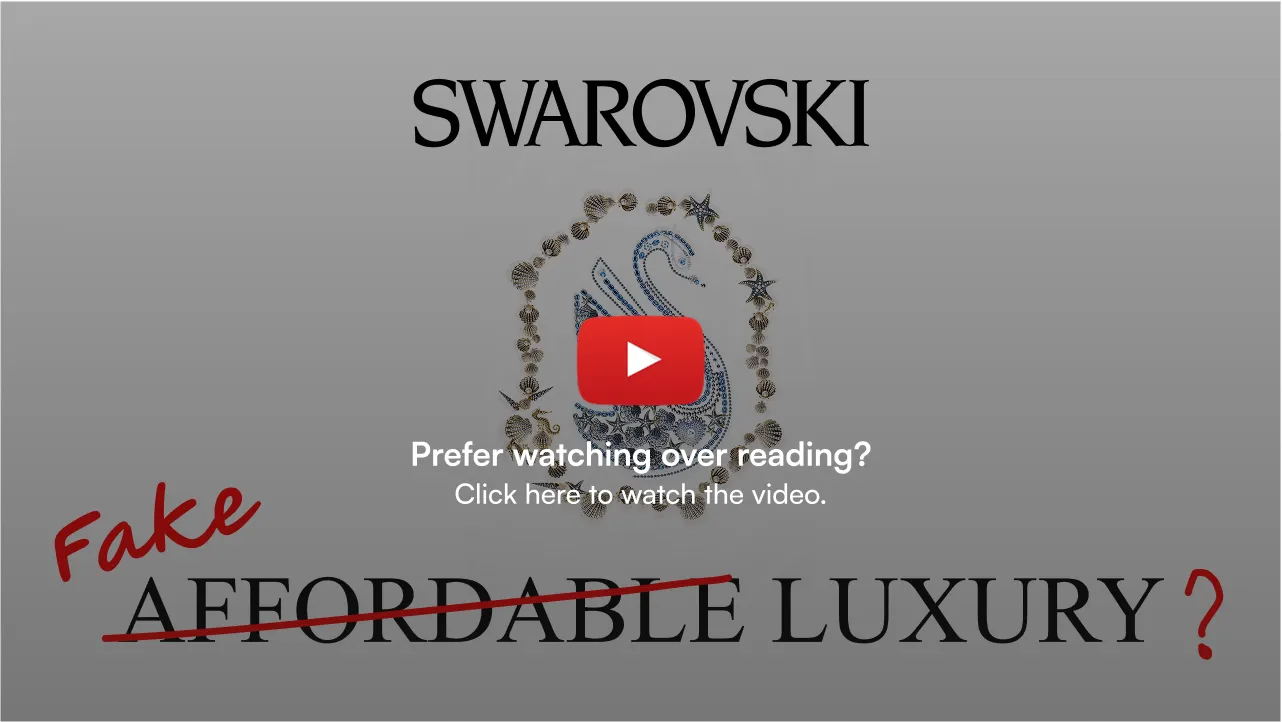
The world has always been captivated by the unattainable charm of luxury. So brands have tried to compete on centuries of heritage, fleeting hype, or the most rigid exclusivity to make their luxury legacy. That is when one brand dared to find its magic in something as familiar and as universally captivating as cut glass. Swarovski and their recent transformation are nothing short of a crystal revolution.
Founded in 1895 in Austria, Swarovski has always been more than just a crystal brand. It built its legacy as a symbol of accessible luxury, skillfully bridging the gap between high fashion and everyday glamour. From adorning Hollywood icons to gracing chandeliers in royal palaces, from collaborating with renowned streetwear designers to being found in your local mall, Swarovski has been, quite simply, everywhere. But behind this wall-to-wall sparkle, a bold transformation has been underway. What exactly is happening behind the scenes of this glittering giant? Let’s dive into Swarovski's strategic pivot and explore what it means for the luxury market's future.
.webp)
Swarovski has always occupied a fascinating, almost conflicting niche in the luxury landscape. They are not Cartier, with its centuries of high-end jewellery, but they are certainly far from the mass-market fast fashion of a Shein. Instead, Swarovski carved out a category of its own, "Affordable Extravagance."
While jewellery brands typically choose between catering to the mass market or accepting the ultra-high-end, Swarovski posed a challenging question: "Why not do both?" They successfully democratized luxury, offering meticulously designed, precision-cut crystal jewellery and fashion accessories that look undeniably expensive yet remain accessible enough to be gifted for birthdays, graduations, or even as a delightful self-indulgence.
However, achieving this delicate balance is always tricky. The 2010s proved this point for Swarovski. When a brand becomes too accessible, it risks losing its aspirational edge. During that time, Swarovski's widespread availability, found readily in airports, malls, and even discount outlets, began to make the brand feel, dare we say, common.
This over-accessibility led to a perceived brand dilution, diminishing its aspirational luxury appeal and creating a perception that threatened its premium standing. The constant tension between broad accessibility and desired exclusivity is a narrow path to walk for any brand.
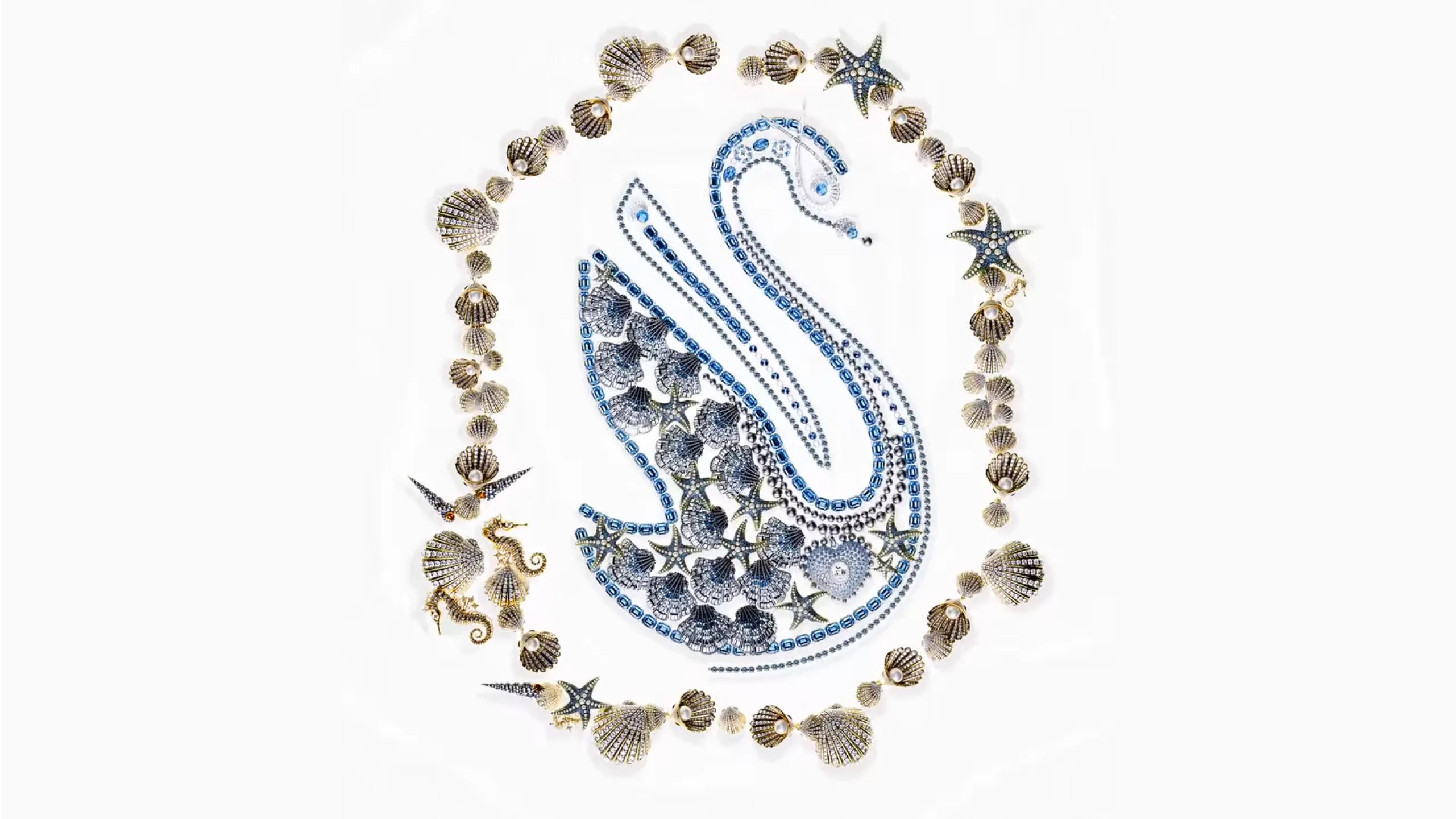
Then came 2021, a moment that marked Swarovski's grand turning point. Under the visionary creative direction of Giovanna Engelbert, Swarovski started on a dramatic reinvention. This wasn't merely a logo update; it was a wholesale reboot of the entire universe of the brand, a masterful act of brand repositioning.
The new Swarovski is a kaleidoscope of colour, theatricality, and unapologetic boldness. Gone are the minimalist displays and neutral palettes that once defined its aesthetic. Instead, candy-box colored store interiors, striking oversized crystal jewellery, and visuals straight out of a dream. Think of it as Swarovski meets Wes Anderson, a domain of high drama, high fantasy, and high fashion. The brand consciously shifted from its previous persona of "elegant and safe" to "edgy and artistic."
This profound aesthetic shift was far from random; it was a highly strategic move. Swarovski was consciously targeting the new luxury consumer who is a younger, more experimental demographic heavily influenced by the vibrant, visual narratives of Instagram rather than the traditional mandates of Vogue. This move was designed to capture the attention and loyalty of Gen Z luxury consumers, aligning with emerging luxury marketing trends.
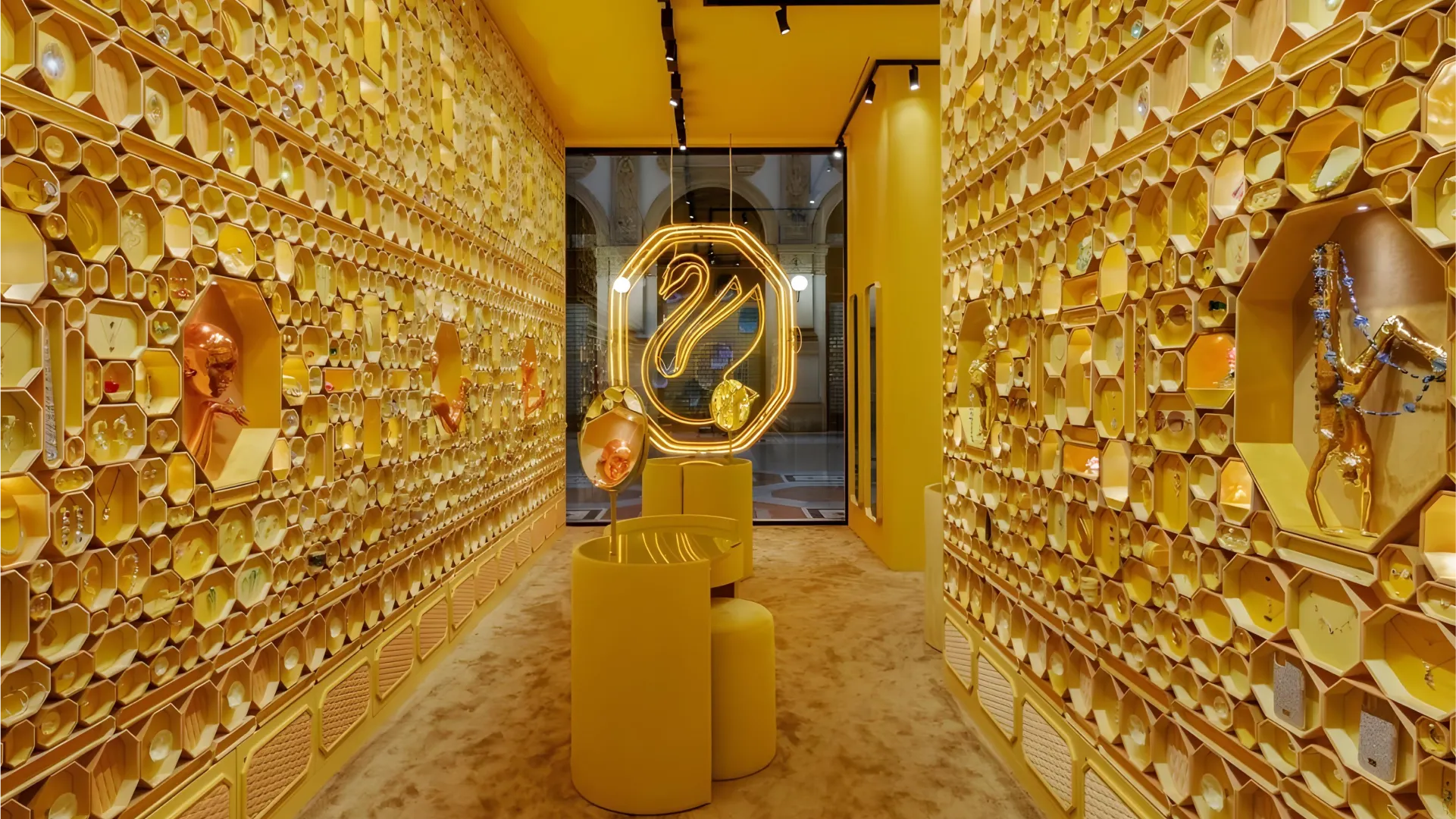
Here is where Swarovski's reinvention truly gets interesting. While many traditional luxury brands still lean heavily on classic red-carpet placements and polished, often staid, advertising campaigns, think of Chanel's timeless, elegant print ads featuring iconic actresses, or Cartier's grand jewellery exhibitions focusing on heritage pieces, Swarovski shows a radically different approach, leaning into fantasy and maximalism with candid enthusiasm. Their Swarovski marketing strategy became an exercise in immersive storytelling.
A prime example of this daring approach is the creation of Wonderlabs, an interactive pop-up experience launched across global cities. These aren't just retail spaces; they are immersive brand experiences designed to draw people into Swarovski's reimagined world. This focus on experiential marketing and engaging the senses is a key differentiator in current luxury marketing trends.
Furthermore, instead of simply launching conventional seasonal collections, Swarovski introduced themed capsules. This approach allows for more cohesive storytelling and creates excitement around limited-edition releases. Most notably, the brand began shaping unexpected collaborations with a diverse range of designers and cultural figures. From the unexpected partnership with Skims by Kim Kardashian to the sophisticated elegance of Aquazzura, Swarovski skillfully tapped into streetwear, fashion-tech, and influential online audiences. Their direction now lets them engage in profound cultural storytelling through innovative brand partnerships and leveraging influencer marketing to showcase their fashion accessories in new and exciting contexts.
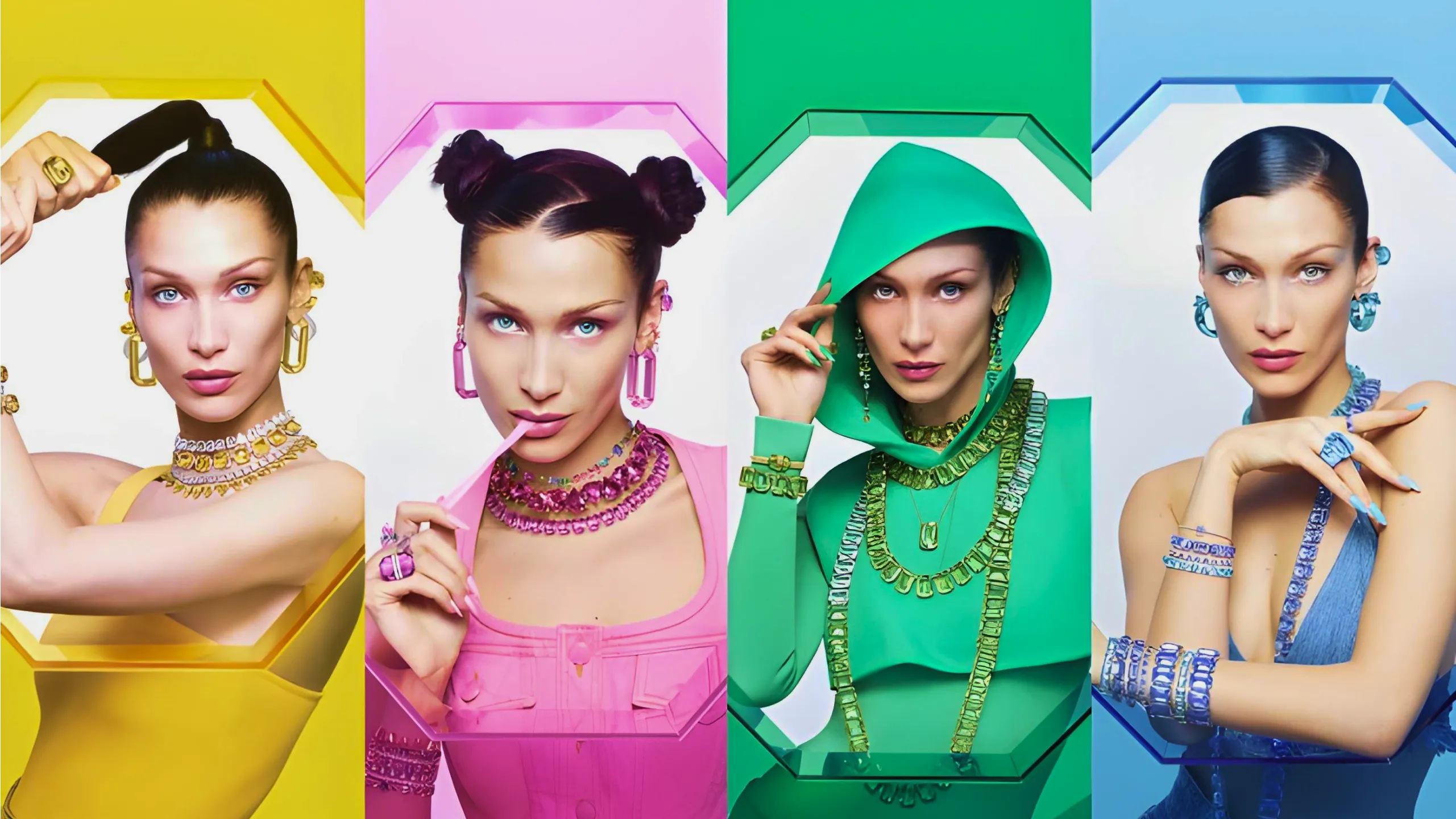
Step into one of the new Swarovski stores today, and the transformation is instantly tangible. These are no longer mere boutiques; they are vibrant, immersive "crystal theatres." The design elements are a feast for the senses:
This retail theatre is meticulously designed for the Instagram generation. Every corner, every display, every lighting choice seems tuned for visual impact and shareability. Where the brand once softly said sophistication, it now confidently shouts. It's a loud, bold declaration of Gen-Z confidence, a clear departure from its more reserved and more traditional past.

For all its glamour and strategic brilliance, Swarovski's radical reinvention is not without its inherent risks. No brand transformation comes without potential risks.
Dividing Legacy Customers: One significant concern is the potential to divide their older, loyal customer base. Many long-standing patrons loved Swarovski precisely for its understated elegance and classic appeal. The shift to a bolder, more theatrical persona might not resonate with those who valued the quiet sparkle, posing a challenge to brand loyalty and customer retention.
Losing Relevance Quickly: The bold design direction, while currently impactful, also carries the risk of losing its relevance rapidly. What's "in vogue" today, especially in the fast-paced world of high drama fashion, might feel superficial or outdated tomorrow. The brand must constantly innovate to ensure trend longevity and maintain its brand relevance without appearing to chase every trend.
Diluting Timelessness: Perhaps the most profound risk is the potential dilution of Swarovski's core proposition, i.e, timelessness. When a brand ventures too deeply into trend culture, there is a danger of losing its anchor in heritage. In a market where everyone is attempting to be loud and trendy, the question arises: who will ensure the brand remains rooted in its rich history and enduring appeal? This delicate balance is a significant branding challenge.
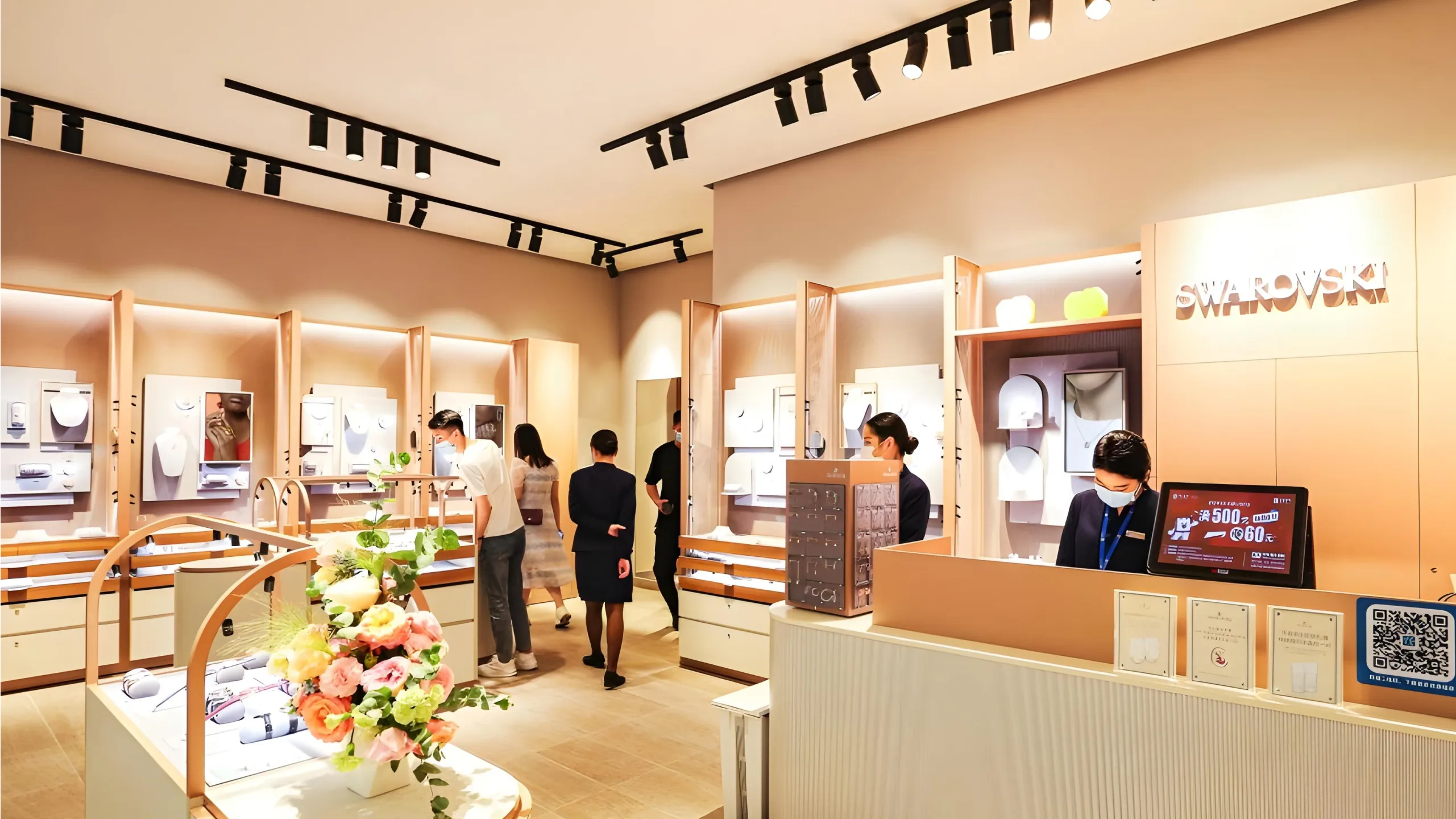
At Confetti Design Studio, we view Swarovski's rebrand as a compelling case study in strategic bravery. Their willingness to "burn their old rulebook" and redefine what their brand means for a new generation is truly inspiring. It’s a testament to how crucial a clear brand strategy is when navigating a dynamic market.
Confetti Design Studio's expertise lies precisely in helping brands navigate these complex transformations. We understand the nuances of balancing heritage with innovation, capturing new audiences while respecting existing brand loyalty. Our services, from brand identity creation and comprehensive brand strategy development to creating compelling visual design directions and robust brand guidelines, are all designed to help businesses achieve their bold new chapters. We work tirelessly to understand target audiences, ensuring that every design choice, every piece of messaging, resonates powerfully.
Swarovski's new chapter is undeniably daring. It represents a brand unafraid to shed its skin and write a new story, one that powerfully resonates with a younger, more expressive generation. Through radical design, immersive retail theatre, and a series of unexpected collaborations, Swarovski is confidently redefining what crystal means in 2025.
It's no longer just about elegance. It's about expression, experimentation, and emotion. The transformation is complete, but the real question now is, will the world fully accept Swarovski’s new voice, celebrating its recently gained confidence and performance, or will some miss the quiet, understated sparkle it once had? Only time will tell if this glittering gamble pays off in the long run.
Is your brand ready to weave something extraordinary together? Confetti Design Studio is your creative partner, delivering branding that sets trends, eye-catching packaging that exudes luxury, smart websites that create immersive shopping experiences, and marketing that gets your designs noticed.
.webp)
Lorem ipsum dolor sit amet, consectetur adipiscing elit, sed do eiusmod tempor incididunt ut labore et dolore magna aliqua. Ut enim ad minim veniam, quis nostrud exercitation ullamco laboris nisi ut aliquip ex ea commodo consequat. Duis aute irure dolor in reprehenderit in voluptate velit esse cillum dolore eu fugiat nulla pariatur.
Block quote
Ordered list
Unordered list
Bold text
Emphasis
Superscript
Subscript


.svg)